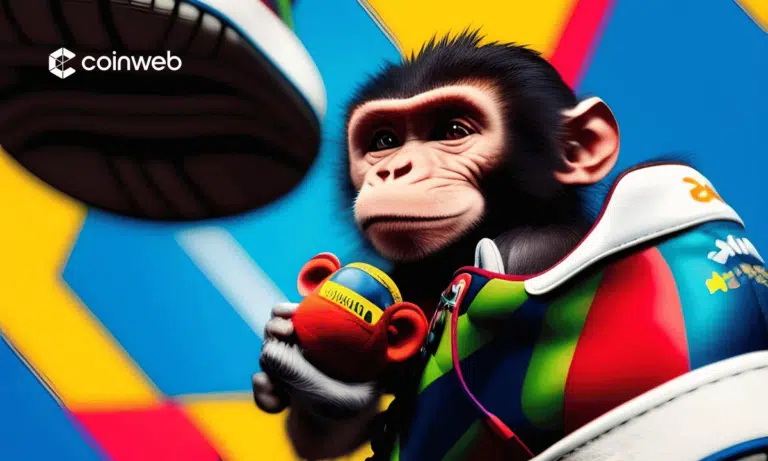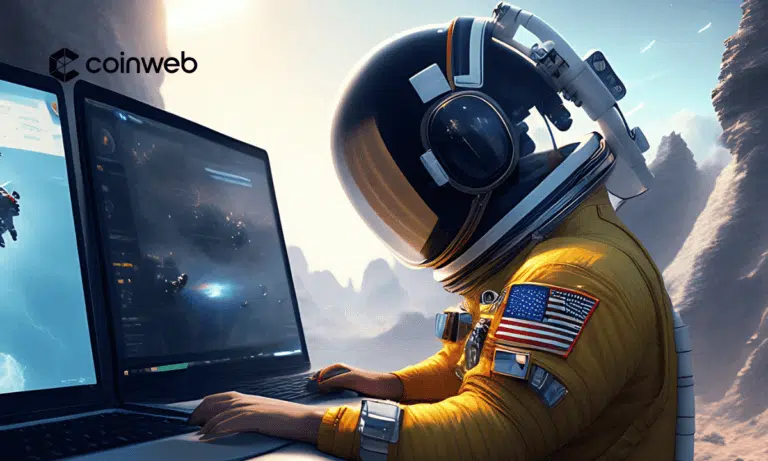TLDR
On the face of it, NFTs present a unique and innovative opportunity for artists and collectors to transact digitized collectibles and art by leveraging DeFi technology. Beneath the surface, however, the industry proscribes to more potential.
By 2025, Jefferies predicts an $80 billion valuation of the NFT sector. The implication is that these tokens represent much more than a means of digital trading art. They represent a significant market share of the crypto industry with the potential for significant ROI if adequately exploited.
The NFT creation process involves combining digital art with blockchain technology to have a digital artist craft a unique blockchain-based art piece.
This article will explain the steps you’ll need to take to create an NFT. We’ll also provide an overview of the technology behind NFTs so you can better understand how they work and how to leverage them to earn ROI.
What Is an NFT and How Does It Work?
NFTs, short for non-fungible tokens, are digital assets representing ownership of a unique item, such as a digital file, artwork, or collectible. They are typically used to describe digital content, art, collectibles, and other digital items that can be bought, sold, and traded.

Single NFTs are distinct from other NFTs and cannot be replicated; therefore, they cannot be traded for one another, unlike cryptocurrencies. On the other hand, cryptocurrency is fungible and can be exchanged for a similar amount of other currencies. For instance, because each bitcoin holds the same universal value, you can exchange it for another.
Creators store NFTs on a blockchain, a decentralized digital ledger that records all transactions. They assign a unique token to every piece of digital artwork, which is also recorded on the blockchain. This digital form allows for the unique identification and authentication of each NFT and the ability to transfer ownership of the same NFT directly through the blockchain.
To purchase an NFT, a buyer must use a cryptocurrency, such as Ethereum, to transact on a blockchain-based NFT marketplace for the NFT. The ownership transfer is recorded on the blockchain, and the buyer becomes the new owner of the NFT. They can also trade NFTs or sell NFTs to someone else. For every transaction, a change in ownership is recorded on the blockchain.
NFTs offer a secure, decentralized mechanism for creators to sell and monetize their digital creations and for collectors to possess and exchange rare digital goods.
Next, let’s discuss creating NFT art in simple, actionable steps.
Determine What NFT You Want to Create
NFTs are versatile — you have an extensive range of alternatives when deciding which type to develop. You can choose from a variety of stuff, such as virtual goods, digital artwork, event tickets, memes, media, and music.
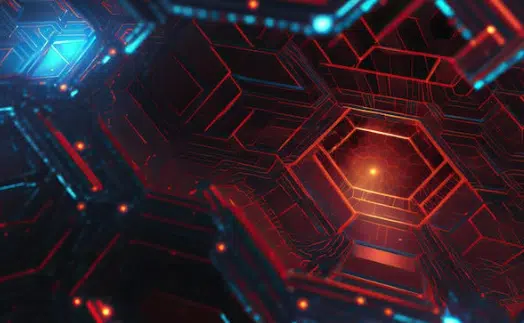
You can make an NFT for objects like priceless rare figurines or a celebrity-signed portrait. However, remember that you must possess the legal right to digital media to create such an NFT for free without risking legal repercussions.
The central selling point of NFTs is their uniqueness – there is only one of a kind at any point in time on any blockchain network. Therefore, it’s crucial to carefully consider what you want to market before getting started.
Consider how you can benefit your audience while creating your first NFT. You might consider developing a loyalty program or special discount code if you own a business. Better still, you could always commission digital artists to make unique artwork.
Choose A Blockchain
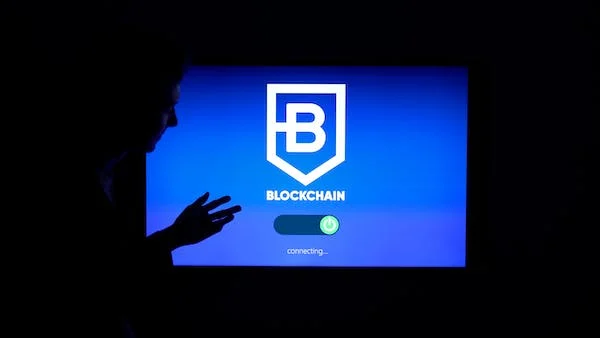
You can use several blockchains to store your NFT. Selecting one that meets your needs is crucial, as you cannot change the host blockchain network after creating your digital tokens. The host network will permanently store a record of your NFT.
Let’s take a look at a couple of NFT blockchains.
Ethereum blockchain
Ethereum is one of the most popular blockchain platforms for creating and hosting NFTs. This is primarily due to its smart contract functionality and a vast ecosystem of developers and users.
The ERC-721 protocol produces Ethereum NFTs. Besides the ERC-721 standard, Ethereum also supports the ERC-1155 for token creation, offering creators and developers flexibility.
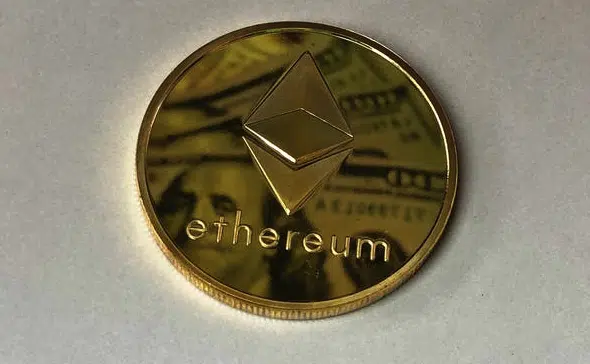
That said, Ethereum is a complex platform and can be challenging for new developers and creators to understand and work with. Also crucial to remember is the possibility of significant gas fees while transferring NFTs on the Ethereum blockchain network.
During periods of high demand, the network might experience delays and congestion due to its scalability limitations.
Solana blockchain
Solana is the closest rival to the Ethereum blockchain. Although the platform is relatively new to the market, it has gained a reputation for its fast and efficient transaction processing capabilities.

Solana has a high throughput, meaning it can process many transactions per second, making buying and selling an NFT more efficient.
Gas fees on this blockchain network can go as low as $0.01. This makes it a cheaper alternative than Ethereum and most other blockchain platforms.
Users looking for flexibility might have to check out other platforms, as Solana doesn’t have a specific standard for creating NFTs.
Flow blockchain
Flow, a blockchain platform for digital assets and NFTs, caters to decentralized gaming apps.
Although a relatively new platform, it is home to many top sports franchise marketplaces like the famous NBA Top Shot NFT collection. As a result, the platform has developed a solid reputation as a network for constructing NFTs with a sports theme.
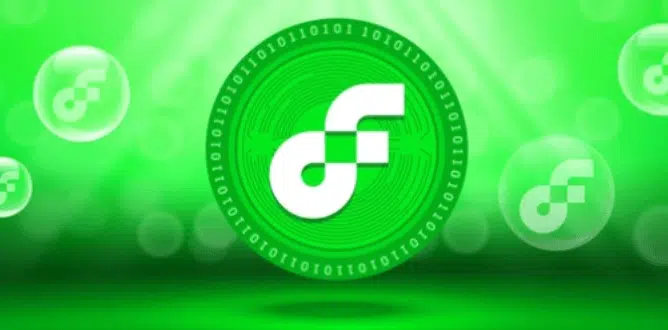
Because the platform is newer, it has limitations such as limited use cases, a small developer community, and low adoption on mobile devices.
Set Up an NFT Wallet
Once you’ve decided on a blockchain, you’ll need a compatible digital wallet that works with it to store your NFT.
To set up an NFT, follow this step-by-step guide:
Step 1: Choose a wallet provider
Many providers offer crypto wallets like MetaMask wallet, MyEtherWallet, and Ledger. Choose a provider compatible with the blockchain platform you’ve chosen for your NFT creation.
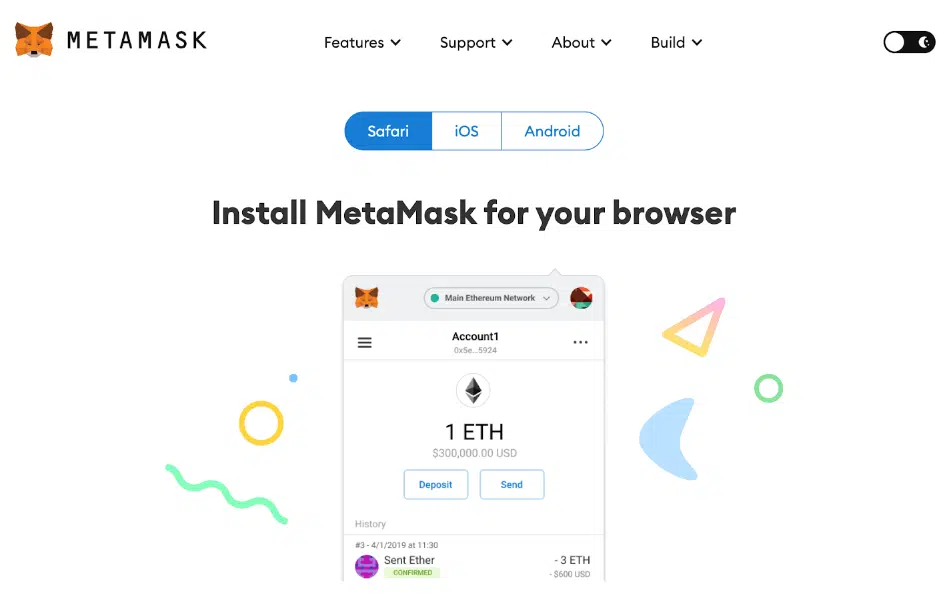
Step 2: Set up an account
Once you’ve chosen a wallet provider, you’ll need to set up an account with the wallet provider.
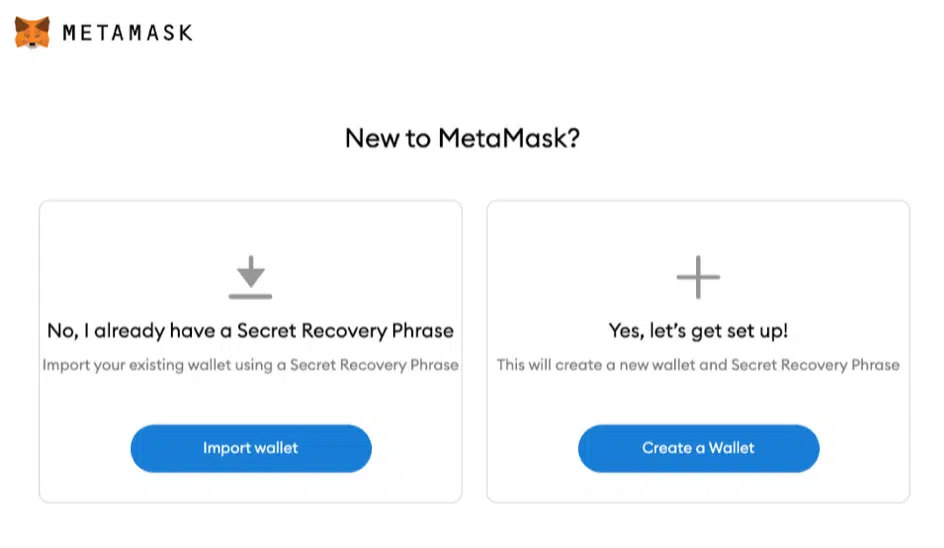
This typically involves providing your e-mail address and creating a password. You may also be asked to provide personal information, such as your name and address.

Step 3: Setup your secret recovery phrase
After downloading your wallet, you must secure it.
This typically involves creating a backup phrase, a series of words you’ll need to write down and store in a safe place. If you lose access, you can use this backup phrase to restore your wallet.
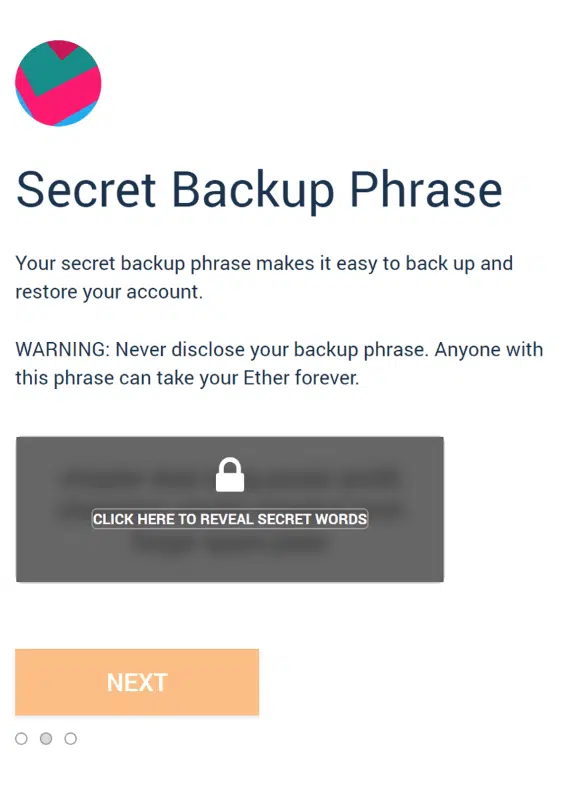
Remember! Never share any private keys or passwords with anyone!
Wallets may have different methods for creating, securing, and adding funds to the wallet; always read the instructions and guides provided by the wallet provider.
Step 4: Deposit funds
Creating your NFT requires some ETH in your wallet.
You can send digital currency directly to your wallet. To do so, copy your Metamask wallet address and paste it into the wallet from which you intend to send payments.
Once done, the next step is to choose the NFT platform.
Choose an NFT Platform/Marketplace
An NFT platform, or an NFT marketplace, is a full digital asset space where creators can store, sell, and mint NFTs. They are typically built on underlying blockchain technology like Ethereum, Solana, or Flow.
The best NFT marketplaces offer a variety of tools, functionalities, and services besides NFT creation, like wallets, portfolio management, and even social networks.
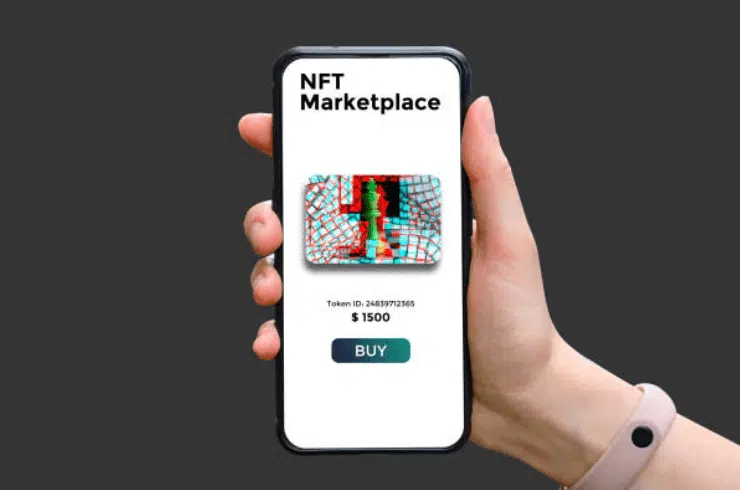
Some examples of NFT marketplaces include OpenSea, Rarible, and SuperRare. They differ in their features, fees, and community.
Consider the following factors to pick the best NFT platform for your project.
Blockchain
Consider the underlying blockchain of the platform. Different blockchains have different levels of security, scalability, and decentralization. Some popular options for NFTs include Ethereum, Solana, and Flow.
Token standards
Look for an NFT marketplace that supports the token standard you want to use for your NFTs. ERC-721 and ERC-1155 are popular standards on Ethereum.
Ecosystem
Consider the size and maturity of the platform’s ecosystem. A larger and more mature ecosystem can provide a broader market for buying and selling NFTs.
Developer Community
Look for an NFT marketplace with a strong developer community, as this can provide more resources and support for creating and managing NFTs.
Use cases
Investigate the platform’s current use cases to determine if it has been adopted for various use cases, particularly for projects similar to yours, and maintain a good track record.
Fees and scalability
Take into account the gas fee and the scalability of the NFT platform, as high fees and scalability issues can make buying and selling NFTs more expensive or less efficient.
Support and documentation
Ensure the platform has good support and documentation, which will help you better understand and use it. This will also save you a lot of stress and hassle in the long run.
Create The NFT on OpenSea
Making an NFT art is straightforward once you’ve decided on a platform.
Using OpenSea as a case study, here’s a step-by-step guide to creating an NFT.
Step 1: Connect your wallet
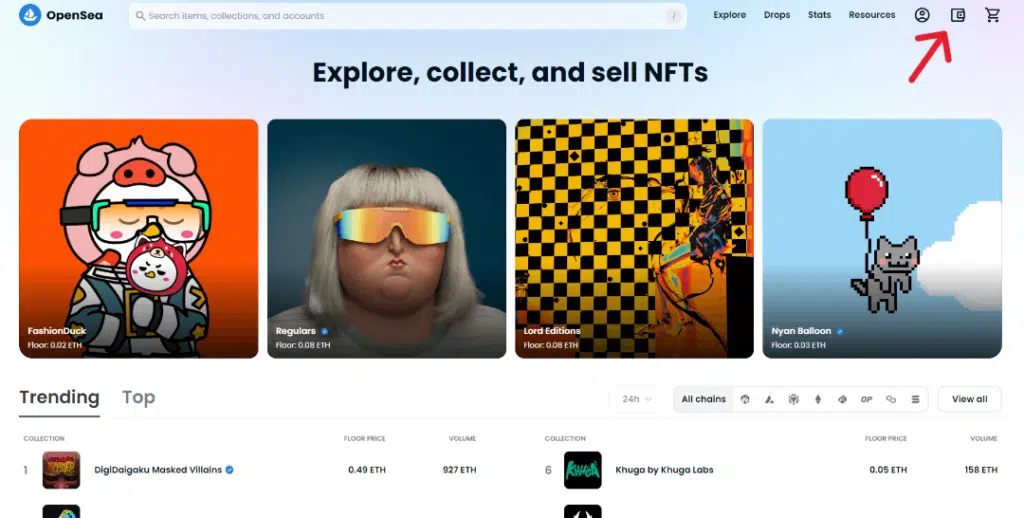
On your device, go to Opensea.io. Choose the digital wallet you want to connect to by clicking the crypto wallet icon or symbol in the OpenSea menu. You’ll need to permit and verify the connection on your crypto wallet app for this.
Step 2: Select the “Create” option
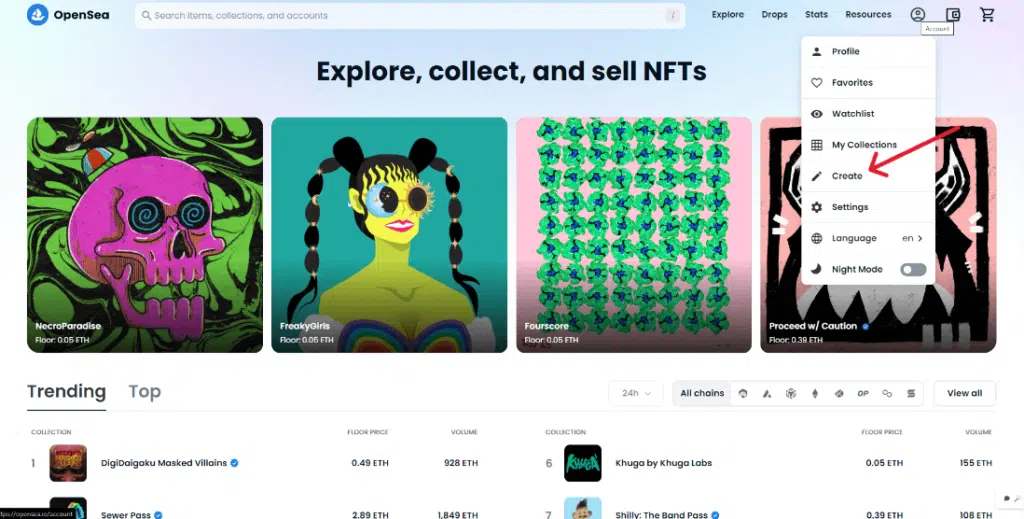
Click [Create] at the top right corner of your screen. When you do this, a menu for creating NFT art appears. It includes a section for uploads and sections for NFT images, features, properties, and blockchain.
Step 3: Upload your media file

Here, you’ll have to select the type of media file you want to digitize to NFT. You can upload or link to a media file hosted elsewhere directly.
Step 4: Add the token metadata
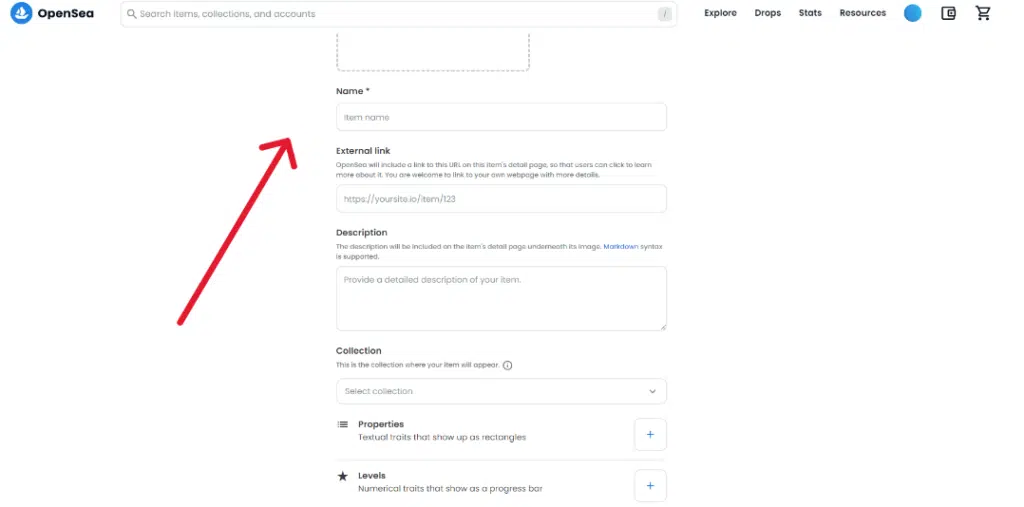
Fill in the required information for your NFT, including the name, description, and image. Private Discord channel invites, coupon coupons for goods, and other unlocks material are all optional extras. Unique properties are another option. You can also set a cap on the mint number – usually, only one unless you create a complete collection.
Step 5: Choose the host blockchain
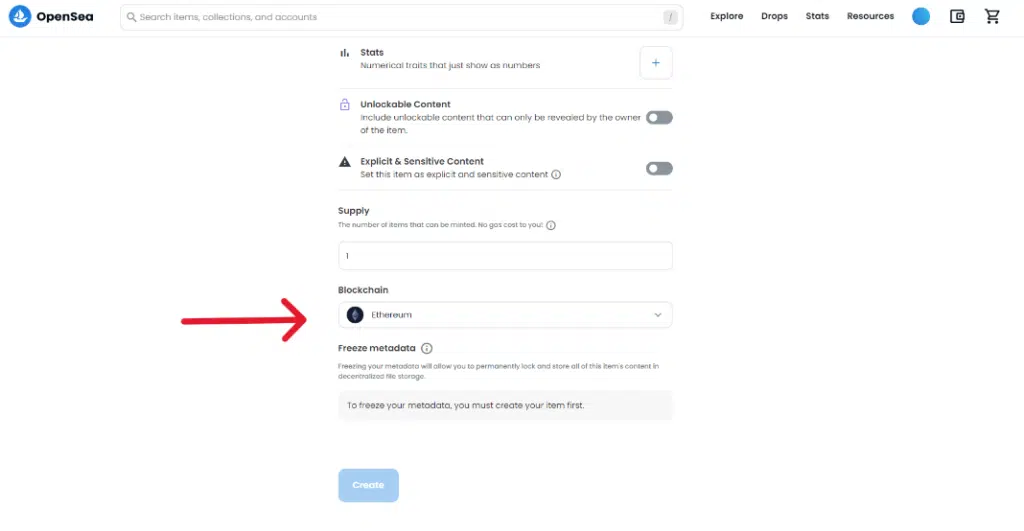
The next step is to choose the host blockchain for your project. This blockchain network will house your NFT. Remember that you won’t be able to change the host network once you’ve minted.
Step 6: Create the NFT

After you have added your NFT’s details, click on the [Preview] button to review your entered information. Once satisfied with the information, click the [Create] button to mint NFTs.
Your file will upload, and the NFT will be created when you click [Create]. However, the NFT has not yet been listed on the market, and you can potentially update the metadata until you’ve listed it for sale.
List the NFT for Sale
The final step in learning how to create an NFT for sale is listing the NFT. This step is straightforward and generally accessible on NFT platforms.
Once your NFT is ready and in your cryptocurrency wallet, all you need to do is click the “sell” button on the platform you’ve previously chosen and specify the price and duration of the sale.
You can create the listing once you’ve entered all the required information. To finalize the process, you’ll need to parse a couple of transactions in your digital wallet, some of which might require you to pay the gas fee on your chosen blockchain.
This will require you to sign a few transactions in your digital wallet, which may include paying transaction fees on your chosen blockchain.
The average Solana transaction, for instance, costs less than $0.01. However, putting an NFT on the Ethereum blockchain can cost significantly more, depending on the fixed price, the traffic congestion on the network, and the fixed minimum price of the corresponding gas fee at that moment.
What risks come with NFTs?

Before you create and sell an NFT, conducting your research, educating yourself on the risks, and being aware of current market conditions are critical. Let’s quickly review some risks associated with creating NFTs for sale.
Intellectual property risks
When creating an NFT art, it is important to ensure that the content used to create the NFT does not infringe on someone else’s intellectual property rights. If you are found to have used someone else’s copyrighted material without permission, you may be liable for copyright infringement.
Market volatility
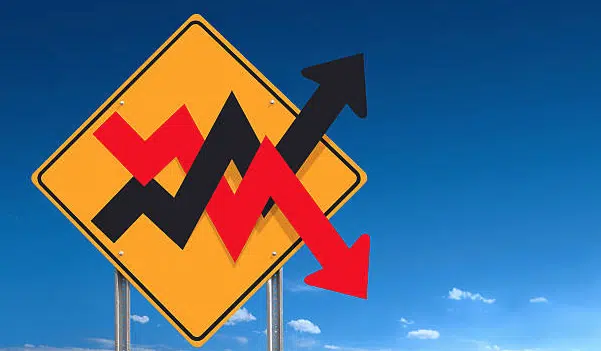
The value of an NFT art can fluctuate significantly depending on market demand. The prices of NFTs can be highly speculative, and it is not uncommon for the value of an NFT to drop significantly after it is sold.
This can make it difficult for creators to price their NFTs and can result in financial losses.
Lack of secondary market
The NFT market is relatively new, and there is currently no serious secondary sales market for most NFTs. This can make it difficult for creators to get potential buyers to sell NFTs and may limit the earning potential of an otherwise lucrative investment.
Technical risks
NFTs are created through a process called “minting” on NFT marketplaces. The process involves writing smart contract code and deploying it on the blockchain. If the smart contract code has bugs, it could cause issues varying in severity for the various NFT owners, holders, and creators.
Lack of regulation
Unlike most decentralized finance sectors, the NFT market is relatively new. It lacks regulation, making it difficult for creators to protect themselves from fraud or bad actors.
Cybersecurity risks
NFTs are stored on the blockchain, and as such, they are vulnerable to hacking and other cybersecurity threats.
How Much Does It Cost to Sell an NFT?
The cost to sell an NFT artwork can vary depending on the platform and marketplace you use to sell it. Some popular NFT marketplaces, such as OpenSea and Rarible, charge a small percentage fee on each sale, typically between 1 and 5%. Some NFT platforms may also charge a listing fee or a withdrawal fee.
On the other hand, however, you can include a royalty fee when you create and sell your NFT art, which gives you a cut of each sale of your NFT. Up to 10% of every sale can go to the creator.
Final Thoughts
Creating an NFT is an exciting opportunity to bring artwork, music, and other digital art assets to life. Even better, you can make a lot of money if you get it right, as the NFT market is still relatively young and has a lot of room to grow.
You don’t have to be a seasoned programmer or blockchain expert to create your own NFT. Anyone with the right tools and knowledge can make an NFT. Whether you are an artist looking for a new way to monetize your work or a collector looking for a novel way to invest in a digital asset, non-fungible tokens offer an exciting and reliable way to do so.
Yes, anyone can create an NFT, though it involves some effort. With the help of blockchain technology and its unchangeable digital ledger, minting an NFT ensures creators are always credited for their work. This enables NFT creators to establish a fee or royalty for future sales of the asset.
Yes, platforms like OpenSea and Rarible allow users to create NFTs on the Ethereum network without any fees through a process called "lazy minting." This method enables the creation and listing of an NFT for sale without registering it on the blockchain initially.
Making money by creating NFTs can be challenging, as it often depends on the demand for your work and your ability to promote it effectively in the market. Success in the NFT space requires skill, creativity, and persistence.
For many emerging artists, selling their art and earning a consistent income can be challenging. However, NFTs have provided a solution for some by allowing them to convert physical art into digital tokens. This has created a new market for buying and selling art in the form of NFTs, offering an alternative revenue stream for artists.




